The Emerald Isle is better known for its rugged coastlines and rolling, green hills, but the Irish have their fair share of impressive architectural triumphs, too!
Here are our top choices for the most beautiful buildings in Ireland:
Saint Mary’s Parish Church in Youghal, Co Cork
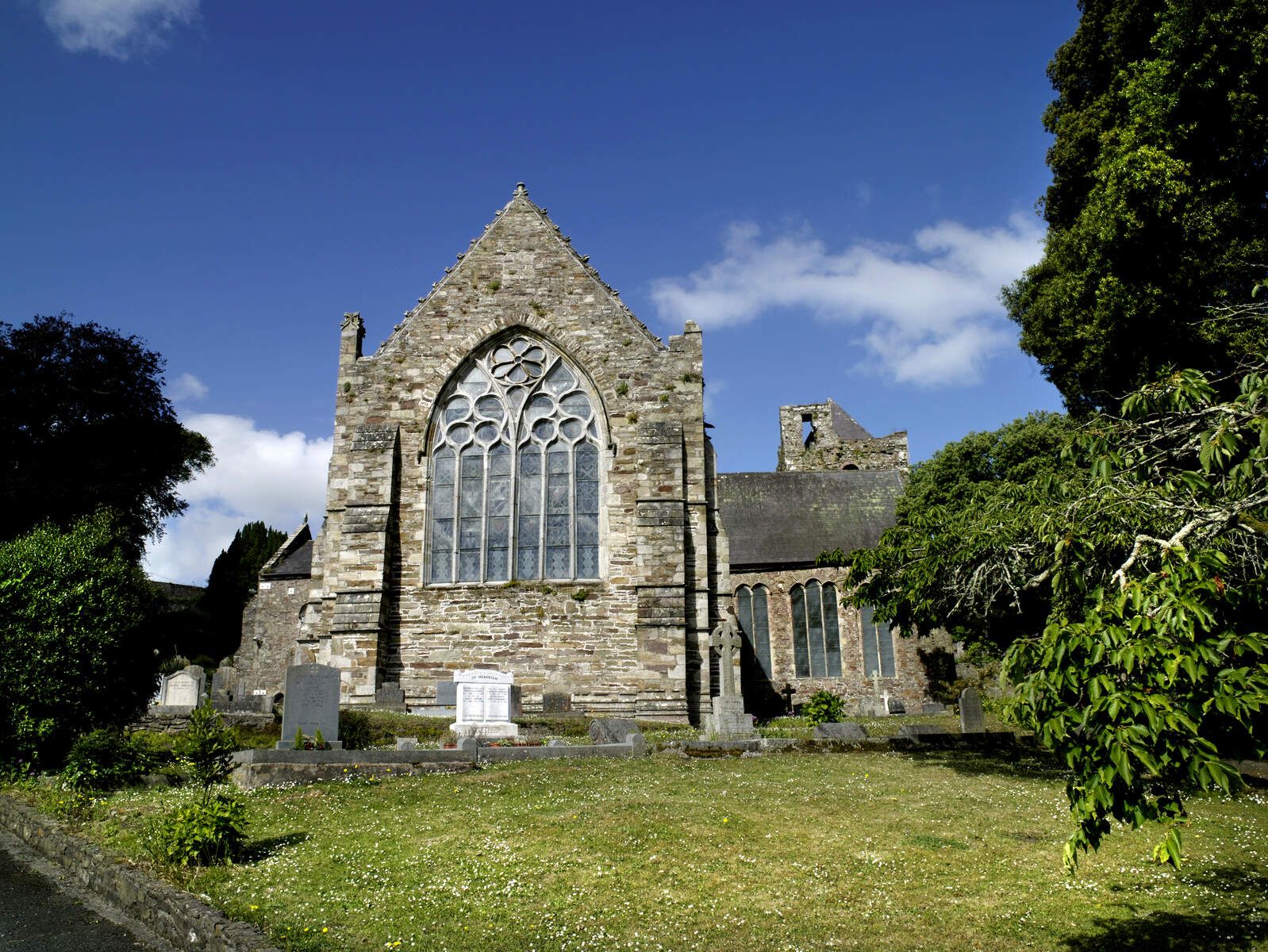
Ireland's Content Pool
Now there are many old churches and monasteries of all denominations to be found across the island of Ireland, but St. Mary’s in Youghal is particularly interesting. From a historical point of view, it’s the oldest Catholic Church in the diocese, with the roof timbers carbon dated by Queen’s University Belfast back as far as 1170. It enjoyed a long and dynamic history, including being the Church in a town where famous English poet and New World explorer Sir Walter Raleigh was Mayor (in 1588).
A building of significant historical importance, the church is now a National Monument of Ireland but it also now houses a very modern addition; a wheelchair stairlift. Olympic Lifts fitted a Garaventa Artira providing access from street level to this architecturally impressive, still-functioning parish Church.
The Lanyon Building at Queen's University, Belfast
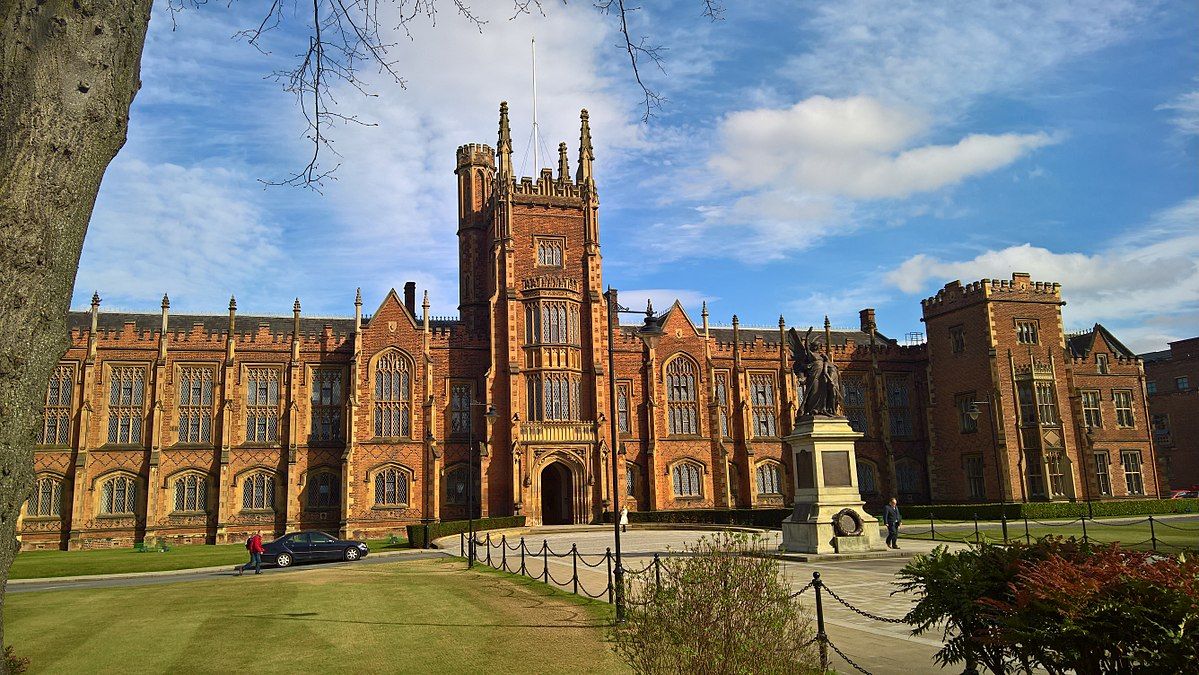
WikiMedia Commons/ Nick Birse
As a general rule, old universities tend to be some of the most architecturally impressive and historically significant sights anywhere, and Queen’s in Belfast is no exception. Founded in 1810 and one of the UK’s oldest universities, Queen’s University’s main structure “The Lanyon Building” was designed by architect Sir Charles Lanyon.
Lanyon is also famed for his work on the nearby tourist attractions Crumlin Road Gaol and Castle Leslie in Monaghan. The building is renowned for its long Gothic Revival facade and Great Hall which underwent an extensive £2.5m renovation in 2002, restoring it to Lanyon’s original plans.
Kylemore Abbey, Co Galway
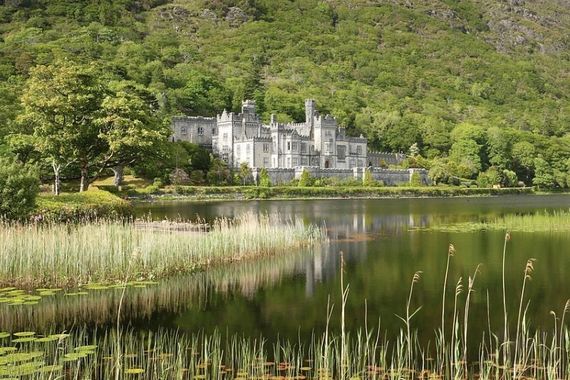
Tourism Ireland
Surrounded by mountains and valleys, lakes and streams, Benedictine monastery Kylemore Abbey rests in the heart of the romantic Connemara landscape. This impressive structure was built in 1868 as one of the great neo-Gothic castles of the time, designed to be a private home for wealthy Lon-don doctor Mitchell Henry. It took 100 men over four years to complete and housed 33 bedrooms.
After falling into disrepair, the abbey was purchased in 1920 by Benedictine Nuns who had fled Belgium during World War 1. It remains a Benedictine abbey run by the nuns to this day, who regularly provide tours around the church and large walled Victorian gardens which have been completely restored.
Victoria Square's Dome, Belfast
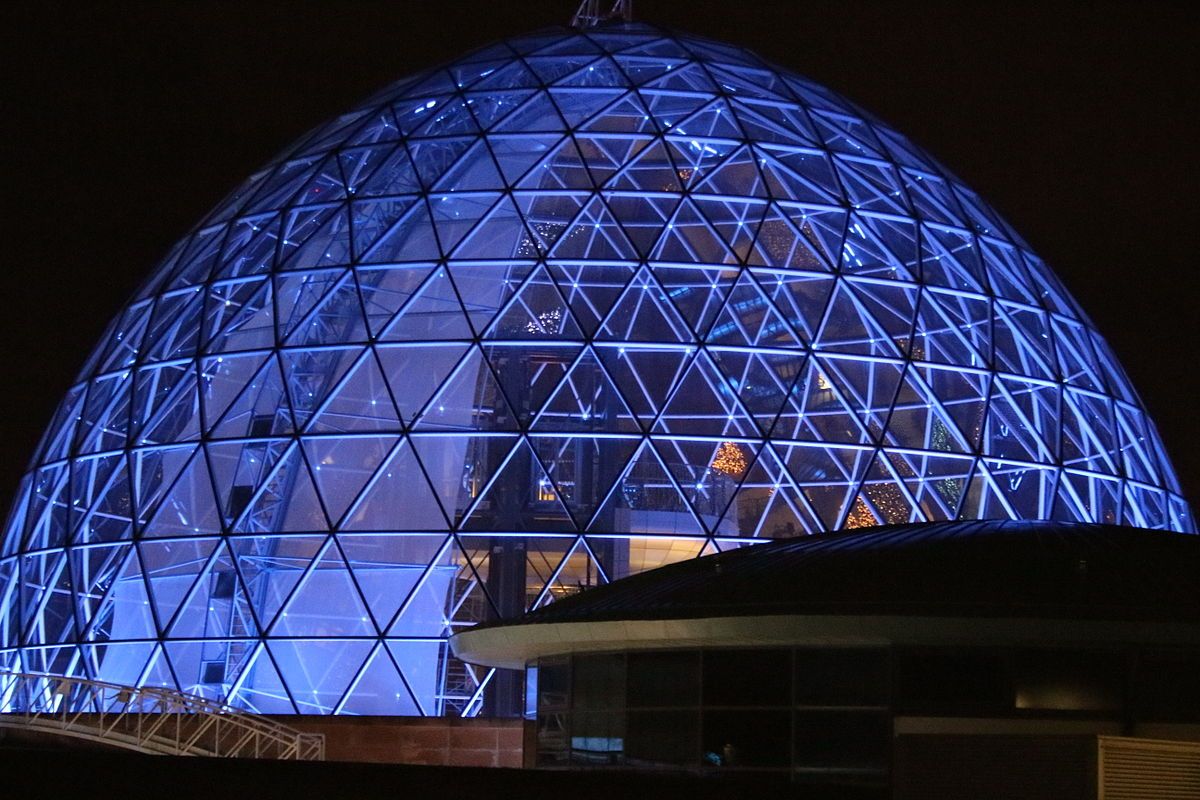
WikiMedia Commons/ Ardfern
At approximately 800,000 square feet, and costing some £400 million to build, Victoria Square is one of the biggest and most expensive property developments ever undertaken in the post-war capital of Northern Ireland.
Belfast’s premier shopping destination isn’t just known for its 70+ designer stores (and the fact that’s practically open-air) but instead, the retail space has become one of the city’s iconic skyline landmarks thanks to its glass dome. Regular tours from the dome give visitors a unique 360-degree view of the city including Belfast Castle, the Harland & Wolff Cranes, City Hall and Parliament Buildings.
A joy for modern architectural fans, the dome lights up blue at night like a beacon out across the River Lagan.

Are you planning a vacation in Ireland? Looking for advice or want to share some great memories? Join our Irish travel Facebook group.
Trinity College, Co Dublin
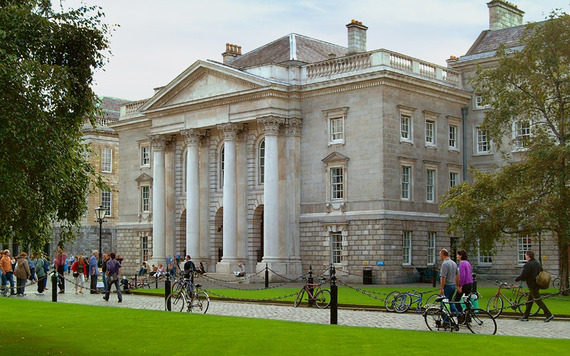
Trinity College, Dublin.
Founded in 1592 and modeled after the famed Oxford and Cambridge universities, Trinity College Dublin is the oldest university in Ireland and best known for housing the intricately illustrated Book of Kells in its impressive Old Library. The Library is what’s known as a “legal deposit library” meaning it is legally entitled to a copy of every book published in Great Britain and Ireland and consequently receives over 100,000 new items every year.
However, the entire site has no shortage of beautiful buildings and green lawns. occupying some 47 acres of land, many of the buildings are arranged around quadrangles (known as “squares”) and encompass two separate playing fields. The arrangement of the buildings all facing inwards, with few public entrances, give the college a tranquil feel amidst Ireland’s bustling capital city.
Saint Colman's Cathedral, Co Cork
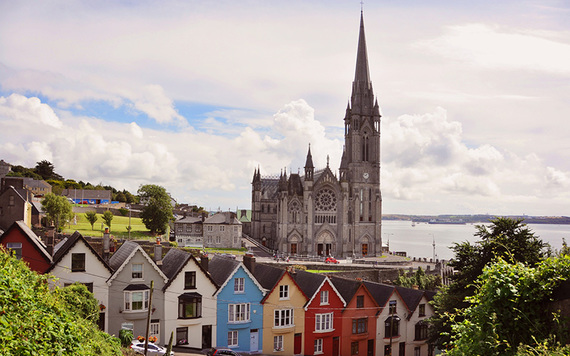
Saint Colman's Cathedral, Cobh.
Cobh is most often cited in the impressive tourist site lists primarily for the quirky rows of candy-colored homes that grace its waterfront. The historic final port of call for the doomed RMS Titanic, it is the towering Cathedral over the harbor that really deserves our attention.
Taking over 30 years to complete construction (in 1909) Saint Coleman’s is almost more famous for its sound than its sights. The cathedral contains the only church carillon which, with 49 bells, is one of the largest in Europe. An automated system strikes the hour and 15-minute intervals while it also rings the bells in appropriate form for Masses, funerals, weddings and events.
Fanad Head Lighthouse, Co Donegal
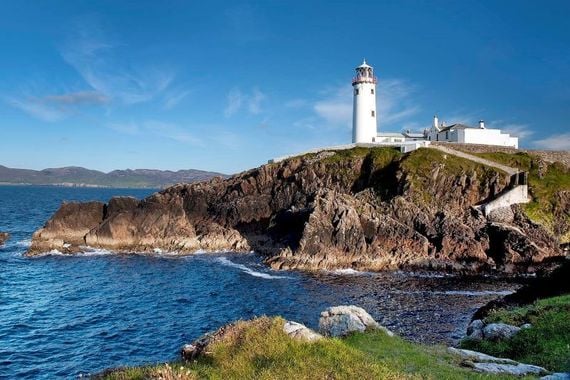
Ireland's Content Pool
As visitors travel far North in Ireland, leaving civilization behind, the main attraction on the peninsula end of the Wild Atlantic Way is Fanad Head Lighthouse. Following a tragedy at sea in 1811, the lighthouse was conceived to help guide ships and sailors safely to shore.
Now being developed as a visitor’s center, the lighthouse - voted one of the most beautiful in the world - still stands on its rocky outcrop between Lough Swilly and Mulroy Bay, 120 feet above sea level. It has 79 steps, with views out over a coastline regularly visited by whales, porpoises, and dolphins.
The Wonderful Barn, Co Kildare
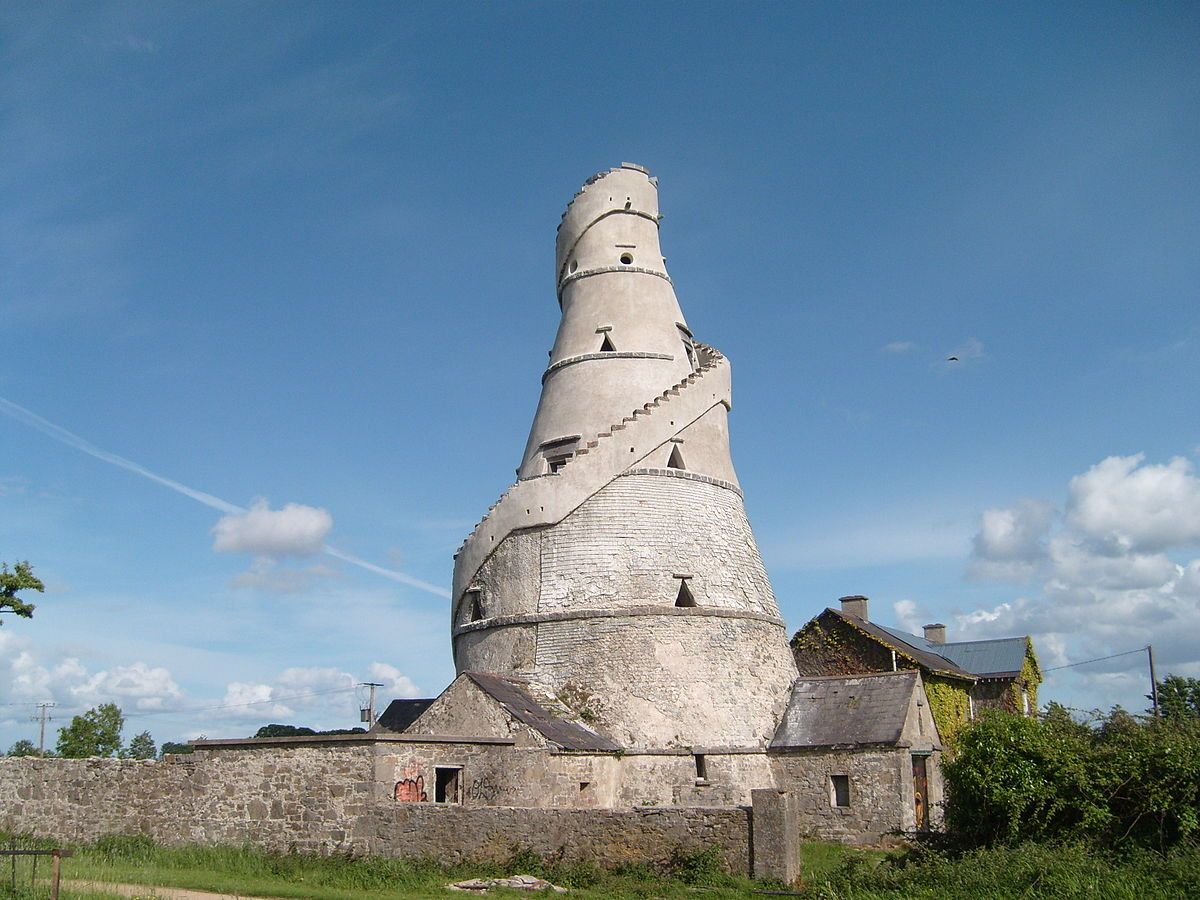
Wikimedia Commons/Edge 977
The Wonderful Barn is a corkscrew-shaped barn built in 1743 on the edge of the Castletown House Estate of the Conolly family, which borders Leixlip and Celbridge, Ireland. Built in the years immediately following the famine in Ireland, a similar structure (known as the “Bottle Tower”) can be found in Dublin.
Aside from its unique and quirky design, with stairs built externally around it, one of the main attractions to the barn is the intrigue surrounding its original purpose. Several ideas have been suggested such as a dovecote or a gamekeeper’s tower. But the generally accepted theory is that of a granary, due to the central hole cut through each of the floors.
Lewis Glucksmann Gallery, Co Cork
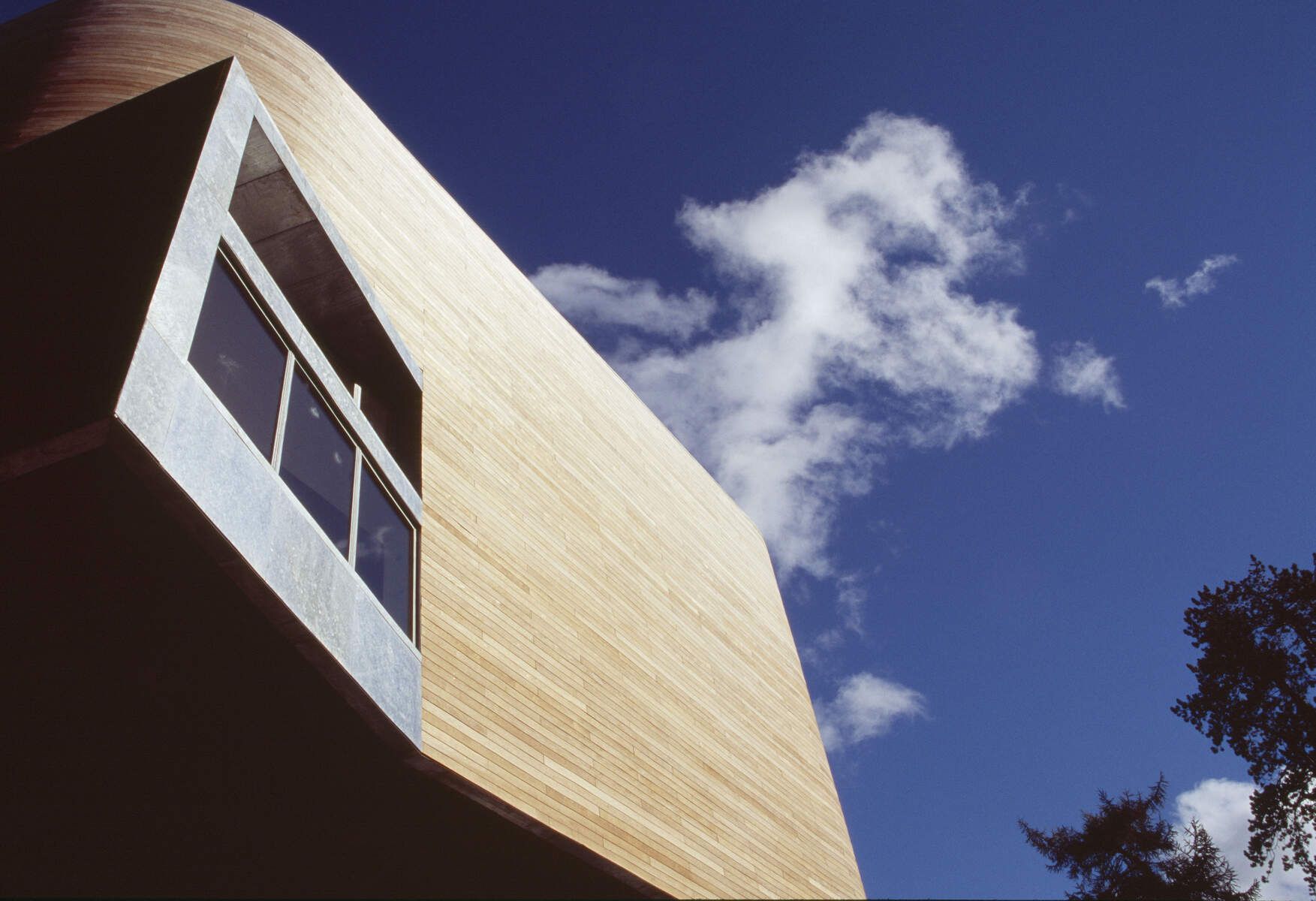
Ireland's Content Pool.
Arguably one of Ireland’s most beautiful modern buildings, University College Cork’s art gallery has won numerous respected architectural awards. Opened to the public in 2004, the gallery is named for its benefactor - Wall Street financier and chairman of Lehman Brothers, Lewis Glucksman.
The gallery achieved notoriety in 2005 when it became the little-known underdog in the world-famous Stirling Prize shortlist. The building occupies the site of two old, largely unused tennis courts, and proudly states that not a single tree was moved or removed to make way for the gallery; it weaves between the nature instead.
*Laura Fulton wrote this article on behalf of olympiclifts.co.uk.
* Originally published in 2017, updated in Sept 2024.
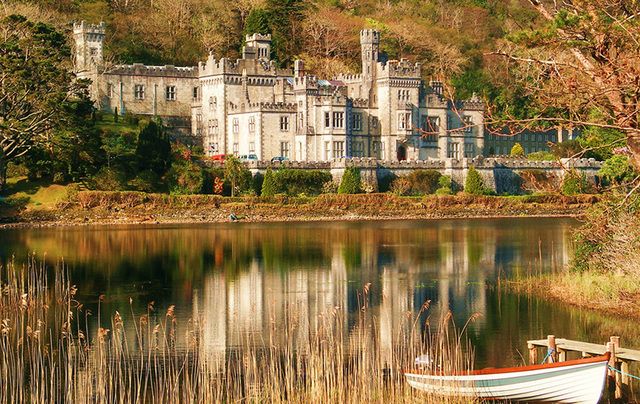

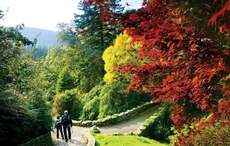
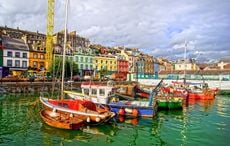
Comments